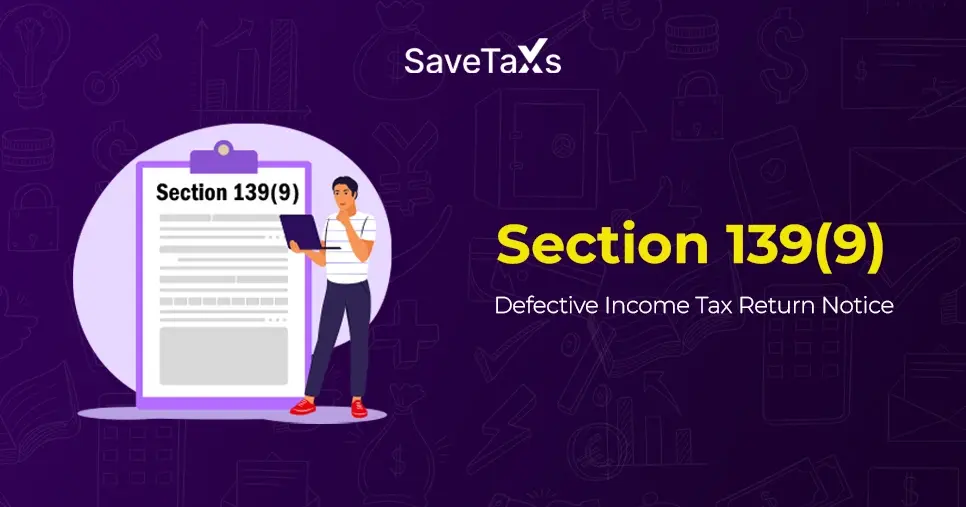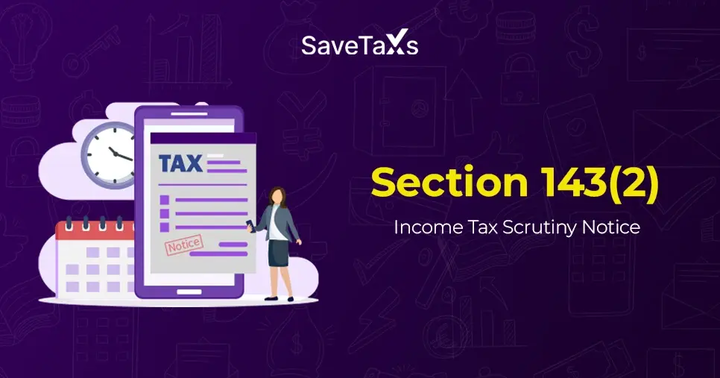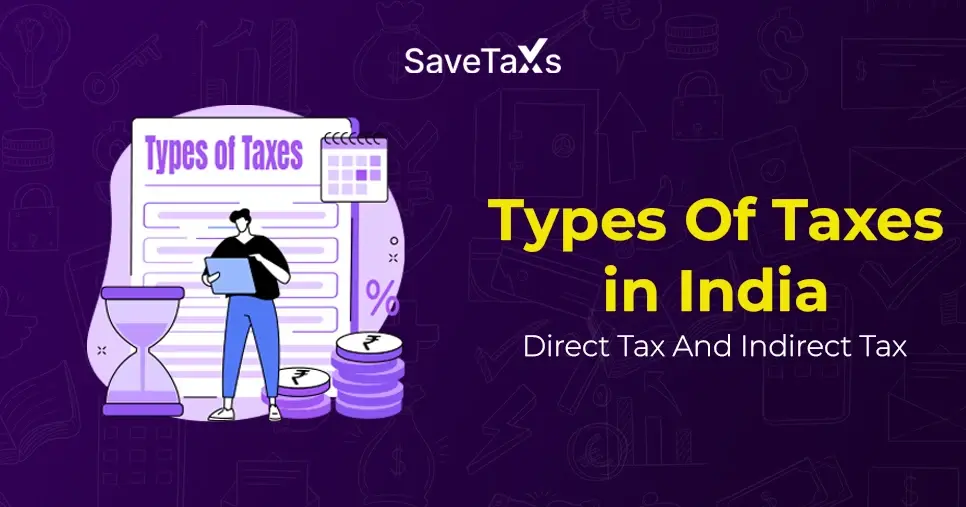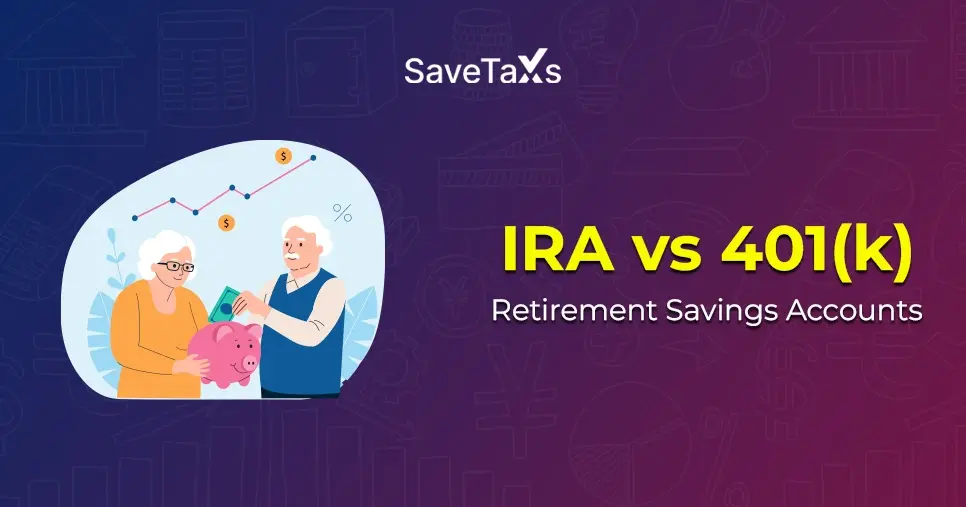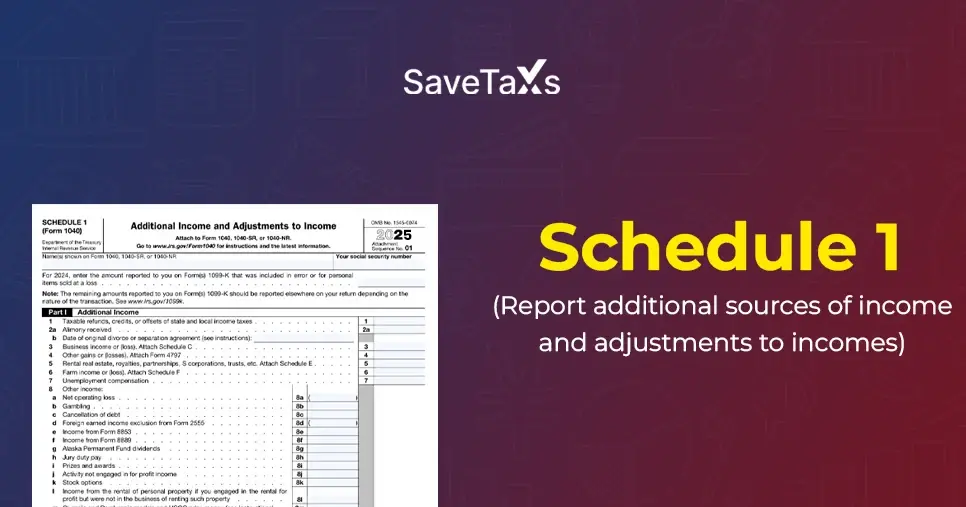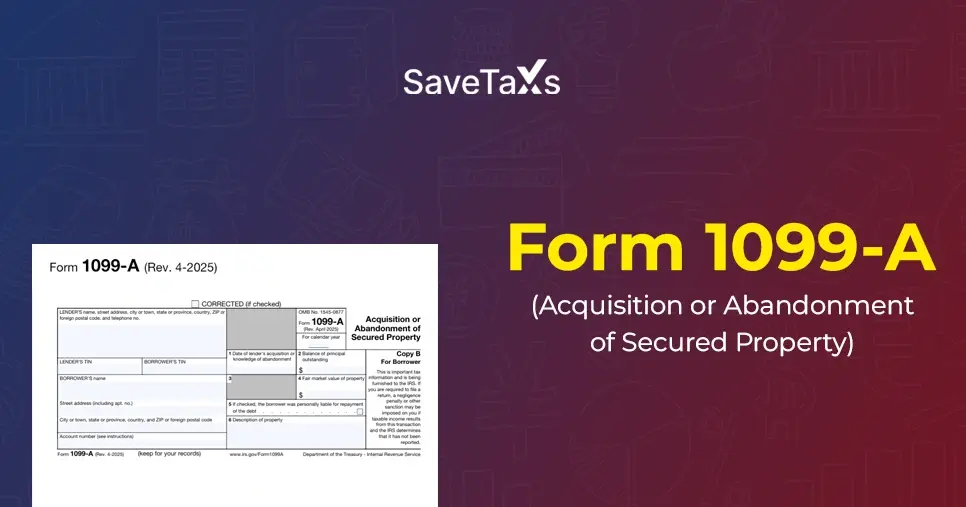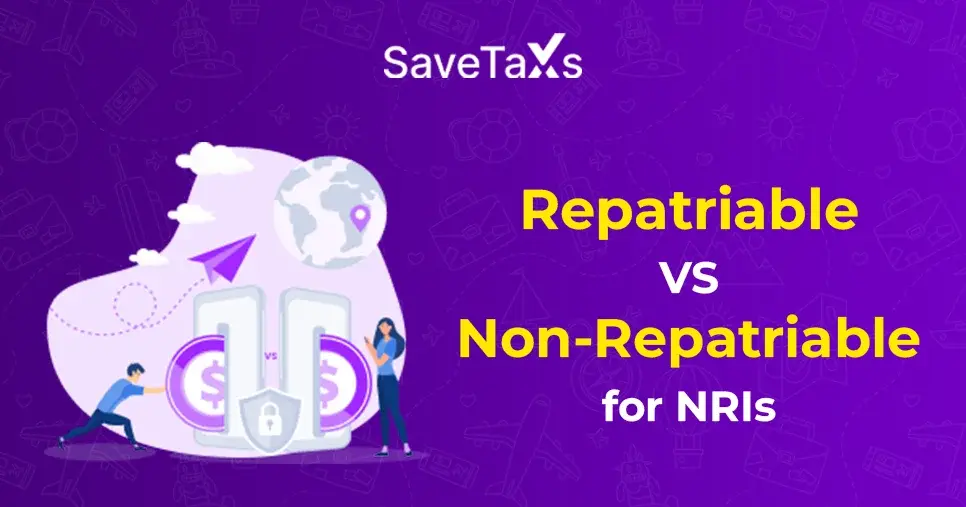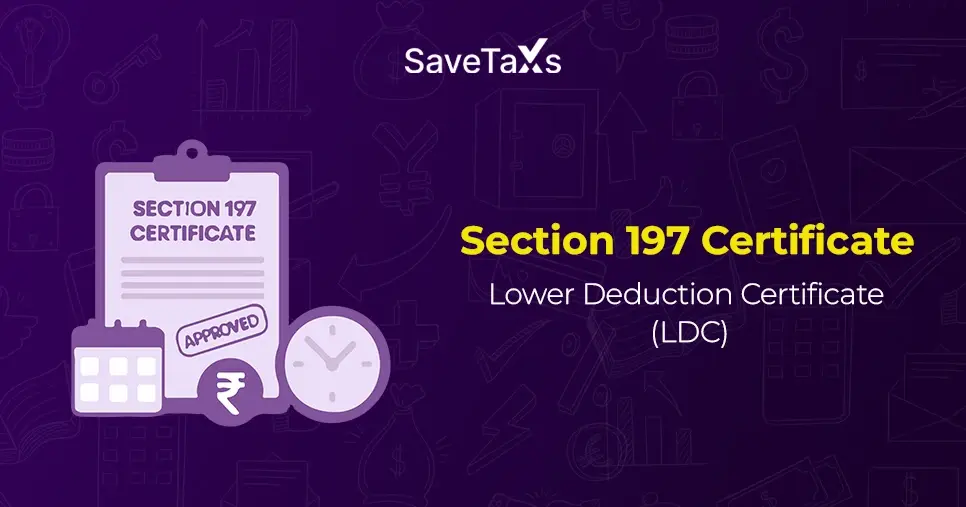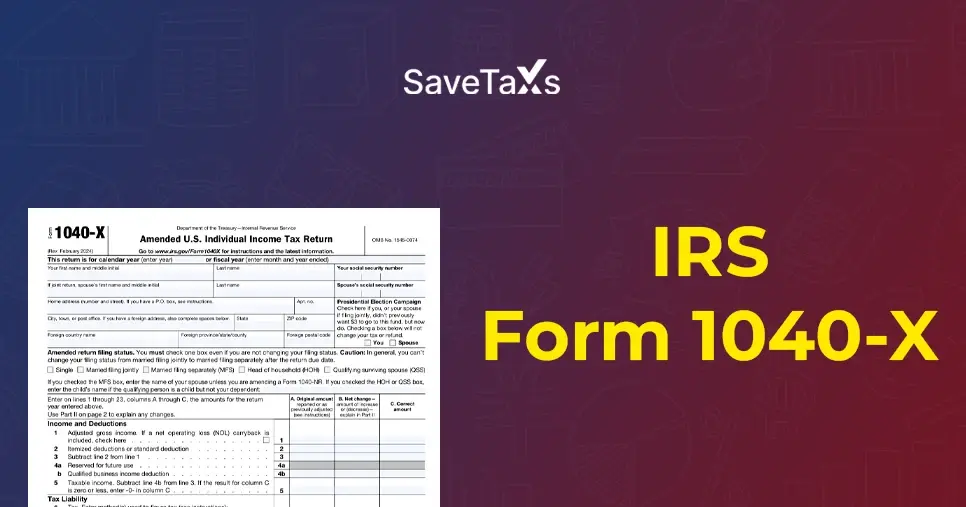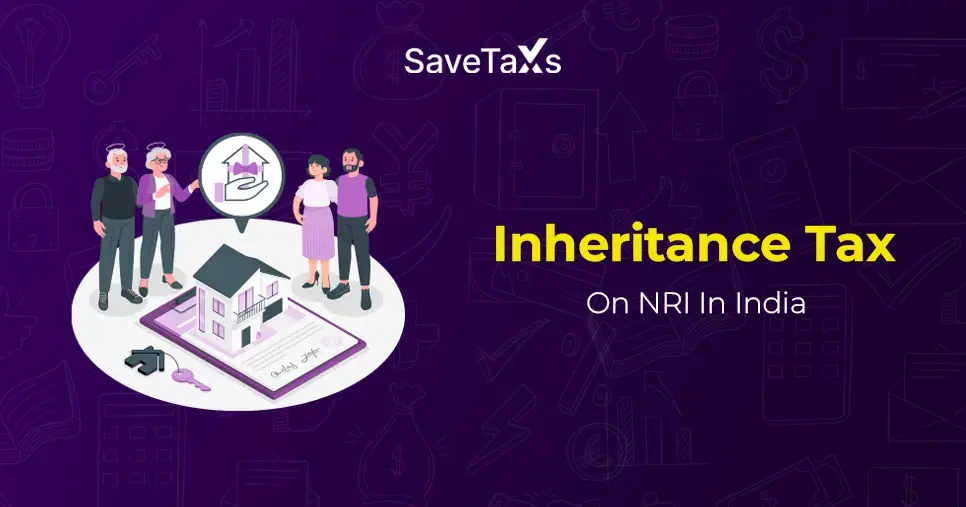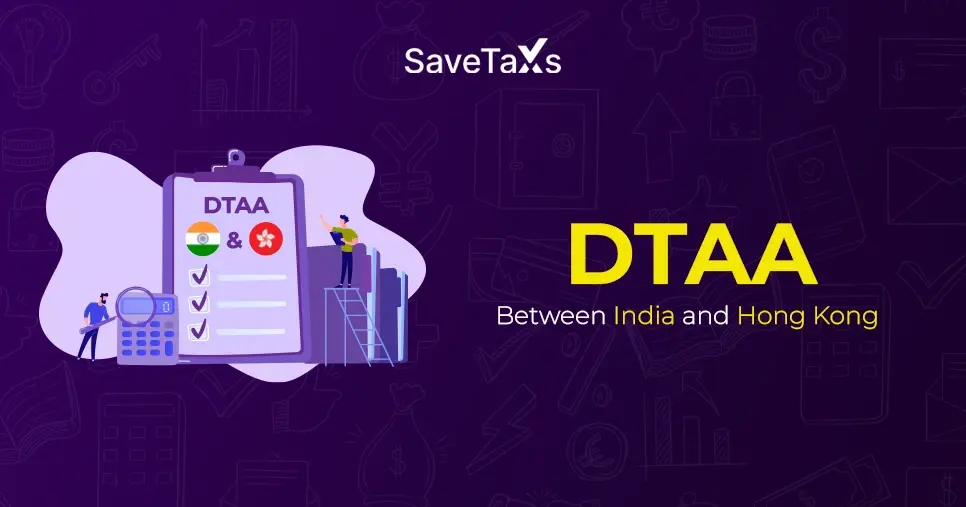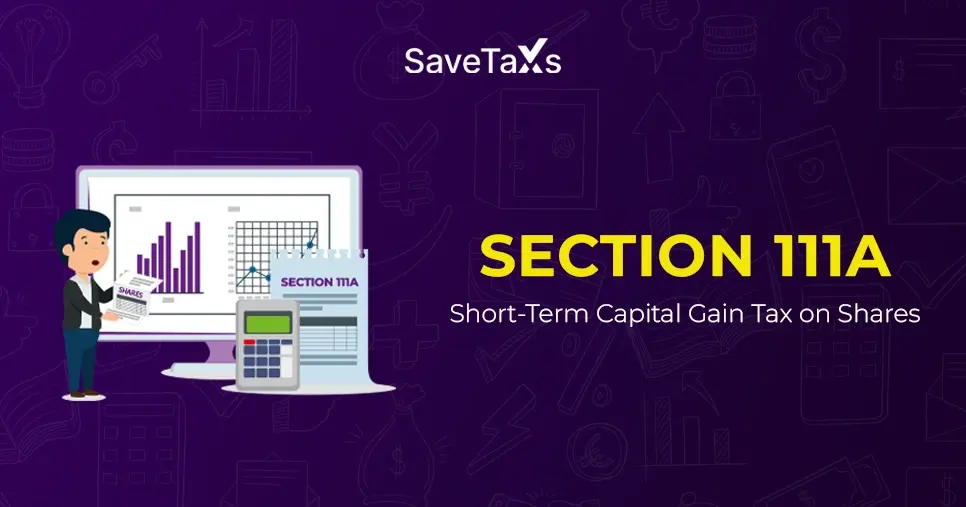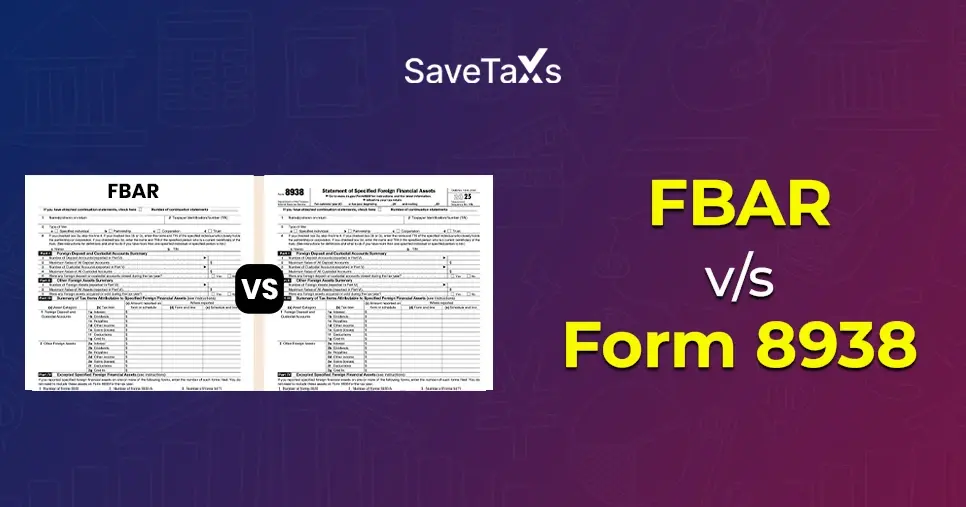A person can have earnings from more than one country, and due to the domestic tax laws of both countries, i,e, where the person is resident and the country from which he/she is earning, need to pay tax on that income. Therefore, to avoid paying double taxation on the same income according to the Double Taxation Agreement (DTAA), they can claim tax relief under Sections 90, 90A, and 91 of the Income Tax Act. Confused? Imagine you are a Non-resident Indian (NRI) working for a UK company and living in India. Now, on your earned income, you need to pay tax in the UK as it originates from there. However, you need to pay tax in India as well as where you receive the income. This situation of paying tax on the same income twice in two different countries is known as double taxation.
Thus, to avoid this circumstance and offer tax benefits to resident individuals, business entities, and NRIs, India has signed the Double Taxation Avoidance Agreements (DTAA) with more than 94 countries. The agreement is supported by several provisions of Sections 90, 90A, and 91 of the Income Tax Act of 1961, specifically for NRIs. Want to know more about these sections in detail and how NRIs can claim for this? Then you are in the right place. In this blog, we will talk about these sections in detail, including how to claim tax relief under these sections of the Income Tax Act. So, let's start reading by knowing the types of taxation reliefs.
Types of Double Taxation Reliefs Offered for NRIs
Under double taxation, there are two types of tax reliefs offered to NRIs in India. These are as follows:
- Bilateral Tax Relief: This tax relief is provided when your home country and the country from which you originate your income and pay taxes have signed a double taxation avoidance agreement. You can claim this tax relief in two ways:
- Exemption Method: Under this method, you need to pay tax in one country only, while the other country exempts you from paying tax. The tax exemption and levy implementation in the country are decided based on the terms and conditions of the DTAA agreement signed between them.
- Tax Relief Method: Under this tax method, you need to pay taxes in both countries. However, in the form of a tax credit, your home country provides you with tax relief for double taxation compensation.
- Unilateral Tax Relief: This tax relief is imposed where there is no tax agreement signed between your home country and the country from which you originate your income and are liable to pay tax. Under this, the tax relief is granted unilaterally by the resident country. The tax relief amount is decided as follows:
- Tax rate in the resident country (India)
- Tax rate in the foreign country
Here, whichever is lower, that amount is deducted from the total income, offering tax relief to the individual. Moving further, let's know the required documents by NRIs to claim DTAA benefits.
Documents Required for DTAA Benefits:
To claim the DTAA benefits, NRIs need to submit the following documents:
- Tax Residency Certificate (TRC)
- Form 10F
- Bank Statements
- Self-Declaration
- Supporting Documents for Income, such as rental agreements, salary slips, and investment statements.
This is all about the different types of double taxation offered to NRIs and the documents they need to submit when applying for DTAA benefits in India. Moving ahead, let's know about Section 90 of the Income Tax Act for NRIs.
Section 90 of the Income Tax Act for NRIs
Section 90 of the Income Tax Act is a tax provision that provides bilateral tax relief to NRIs from double taxation. It is only applicable when India and another country from where your income originates and is taxable have signed the DTAA agreement. Depending on the terms and conditions of the DTAA signed between the two nations, the exemption or tax credit method is implemented to offer tax relief benefits.
This was all about Section 90 for NRIs. Moving ahead, let's know the key benefits of it for NRIs.
Key Benefits of Section 90 for NRIs
Here is the list of key benefits Section 90 of the Income Tax Act offers to NRIs:
- Helps NRIs to avoid paying tax on the same income twice in both India and the country where the income originates.
- As mentioned in the DTAA agreement, with this section, NRIs can enjoy the benefits of reduced Tax Deducted at Source (TDS) rates on investments, royalties, interests, dividends, and more.
- Section 90 helps NRIs avoid paying double tax on the same income twice by providing clarity about the rules and regulations.
These are some of the key benefits of Section 90 for NRIs. Now, moving further, let's know about Section 90A for NRIs.
What Is Section 90A?
Like Section 90 for NRIs, Section 90A also offers bilateral tax relief from double taxation. Furthermore, it is also only applicable if India has signed the DTAA agreement with the country from which you originate income and is liable to pay tax. Although both Sections 90 and 90A seem the same, there is a big difference between them. Under Section 90, the DTAA agreement is signed between the Indian government and foreign governments, while in Section 90A, the DTAA agreement is signed between an Indian company and a foreign company. Additionally, under Section 90, both exemption and tax credit methods are applicable, whereas in Section 90A, only tax credit is applicable. However, the application process is the same as Section 90.
For instance, if an NRI is living in India and working for a company situated overseas, the DTAA agreement prevents both governments from charging taxes simultaneously from that person. Through this agreement, both countries allow tax relief by an exemption or foreign tax credit method under the bilateral tax relief treaty to that person to ensure the tax is deducted only once.
This was all about Section 90A. Furthermore, let's now know the key features of this section for NRIs.
Key Features of Section 90A
Here is the list of key features of Section 90A for NRIs:
- As stated above, Section 90A applies to two companies that have signed the DTAA agreement with each other.
- Like section 90, this section also aims to provide DTAA benefits to NRIs and help them avoid paying double tax.
- Also, if an NRI opts for the DTAA agreement under Section 90A, the government of India needs to follow the terms of the signed treaty, even if the domestic tax laws of the country are different.
These are some of the key features of Section 90A for NRIs. Moving ahead, let's know about Section 91 for NRIs.
What is Section 91 of the Income Tax Act for NRI?
Section 91 of the Income Tax Act for NRIs offers unilateral tax relief benefits to NRIs from double taxation on foreign income. This section is only applicable if India has not signed the DTAA agreement with the foreign country in which your income is generated and taxed. Through this, NRIs avoid paying tax on the same income twice, i.e., once in India and again in a foreign country.
For instance, in a foreign country, you have to pay 35% tax on your earned income, and in India, on the same earned income, you need to pay 25% tax. Then, in India, you will get 25% tax relief as between the two tax rates it is lower.
This is all about section 91 for NRIs. Moving further, let's know the key features of Section 91 for NRIs.
Key Features of Section 91 for NRIs
The key features of Section 91 for NRIs are as follows:
- This section is only applicable when India and the resident country of the NRI have not signed the DTAA agreement. Through unilateral tax relief, this section helps NRIs avoid paying tax twice on the same income in two different countries.
- Through this section, NRIs can claim tax benefits using the tax credit method in India for the taxes they paid in a foreign country.
- In this section, the tax benefits are granted on the basis of the Indian tax rate or the tax rate of a foreign nation, whichever is lower.
These are some of the key features of Section 91 that it offers to NRIs. Moving ahead, let's know the difference between double taxation and double taxation avoidance.
Difference Between Double Taxation Relief and Double Taxation Avoidance
Here is the difference between double taxation relief and double taxation avoidance:
| Double Taxation Relief |
Double Taxation Avoidance |
| Under this, tax benefits to NRIs are provided on the basis of bilateral or unilateral tax methods. |
Under the double taxation avoidance agreement, the tax relief is provided to individuals according to the treaty signed by the government of India and a foreign country. |
| It provides tax relief to individuals and companies, either as per the tax credit method or the exemption method. |
It helps individuals and companies from paying tax on the same income twice by providing tax relief in any one country. |
| In double taxation relief, an individual or entity that has a foreign source of income can claim tax relief under Sections 90, 90A, and 91. Here, having a DTAA agreement does not matter. |
Under Sections 90 and 90A of the Income Tax Act, 1961, a double taxation avoidance agreement is applicable. |
These were some of the key differences between double taxation relief and double taxation avoidance. Moving ahead, let's know how to do the calculation of the foreign tax credit.
Calculation of Foreign Tax Credit
For each income source, the foreign tax credit should be calculated separately. It should be calculated as the lower of:
- Under the Income Tax Act, the applicable tax on such income
- Paid foreign tax
Furthermore, by converting the foreign currency at the Telegraphic Transfer Buying Rate (TTBR), one should calculate the foreign tax credit on the last day of the month immediately before the month the foreign tax will be deducted or paid.
Note: The foreign tax credit should be the total of the credit calculated separately for each income source originating from a specific country.
- Under Section 90, Calculating Double Taxation Relief
- Step 1: To calculate global income, you need to add the total income you earned from India and a foreign country
- Step 2: After that, through Income tax, calculate the tax you are liable to pay on the global income
- Step 3: Now, compute the average tax rate. To do so, divide the global by the tax amount
- Step 4: Thenmultiply the average tax rate by foreign earned income, and compute the amount
- Step 5: In last, calculate the tax you paid in the foreign country
Here in steps 4 and 5, the amount of relief should be lower.
For instance, Mr. D, an NRI, earned INR 200000 income in India. Apart from this, he also originates income from the UK, equivalent to INR 300000. Considering the tax laws, Mr. D paid INR 20000 tax in the UK. The tax relief, Mr. D can claim using the DTAA agreement, and the tax he is liable to pay is calculated as follows:
- Step 1: Global income earned by Mr. D is Rs 500000 (Rs 200000+ Rs 300000)
- Step 2: The tax applicable on global income is Rs 12500
- Step 3: Average tax rate is 2.5% (12500/500000*100)
- Step 4: The required tax that needs to be paid is Rs 7500 (300000*2.5/100)
- Step 5: Paid tax in a foreign country is Rs 20000
Here, according to steps 4 and 5, the lower tax relief amount is Rs 7500.
- Under Section 91, Calculating the Tax Relief Amount
- Step 1: First, calculate the income that is taxable in India
- Step 2: Once you've done this, compare the Indian foreign country's tax rate
- Step 3: Now, the income on which you need to pay the tax in both countries, multiply it by the lower tax rate. The calculated amount, under Section 91, will be a tax relief.
For instance, Mr. X is an NRI who lives in India. On this foreign income of Rs 200000, he had to pay tax in both countries. According to the tax laws, he needs to pay taxes in both countries, i.e., the country in which he is currently resident (India) and the country where he is earning income. Here, the Indian tax rate is 30% and the tax rate of a foreign country is 20%. Now this is how we will calculate the tax relief amount:
- Step 1: The taxable amount in India is Rs 60000 (Rs 2,00000*30%)
- Step 2: Comparing the tax rate of both countries, i.e., India (30%) and the foreign country (20%), whichever is lower.
- Step 3: The tax relief amount is Rs 40000 (Rs 200000*20%)
Here, the taxable amount is Rs 40000 as the tax rate of the foreign country is low.
This is how foreign tax credit is calculated, and NRIs get the tax relief benefits. Moving further, let's know the penalties that NRIs can face for non-disclosure of foreign income.
Penalties for Non-Disclosure of Foreign Income
Here is the list of penalties that NRIs may face for non-disclosure of their foreign income in India:
- Mistake in Paying Tax: The tax officials will calculate the leviable penalty amount. However, the penalty amount should not be more than the tax payable.
- Under-reporting of Income: On under-reporting of income, an NRI needs to pay a 50% penalty, i.e., the income stated by the NRI is less than the income tax officials calculated. In case under-reporting of income happens because of misreported income, the penalty can be maximized up to 200%.
- Failure to Maintain Documents and Accounts: Generally, for this, the leviable penalty amount is INR 25000. In case the NRI mentioned it in any of their international transactions, the penalty will be only 2% of the amount of that international or particular domestic transaction.
- Penalty for Fake Documents, Such as Counterfeit Invoices: In case the account books provided by the NRI contain the following things:
- Counterfeit or forged papers, like fake evidence of a document or a fake invoice
- A sale or purchase invoice received from an individual who does not have any existence
- An omission of an amount that is vital for the calculation of taxable income
- A sale or purchase invoice with the supply or receipt of services or goods
According to the above-mentioned cases, the penalty amount can be equal to the sum of each omitted or false entry.
- Penalty for Not Filing Income Tax Return: With the relevant provision of the IT Act, if the income tax return is not filed, then NRIs need to pay a penalty of INR 5000, penalized by the assessing officer.
These are the penalties associated with tax evasion or avoidance that NRIs can face in India.
Final Words
This was all about Sections 90, 90A & 91 of the Income Tax Act for NRIs. After reading this blog, you get an idea of the existing tax relief options available under the Income Tax Act 1961. Using these sections under the DTAA agreements, NRIs can avoid paying tax on the same income twice in India and in a foreign country. However, as a layman, it can be difficult to enjoy the potential DTAA benefits and claim tax relief. Hence, in this situation, it is vital to seek help from professionals like Savetaxes, where all your tax-related queries get answered within a few minutes. So, why struggle when you have the facility by your side? Connect with us today and learn how, as an NRI, you can enjoy sections 90, 90A &91 for tax relief in India.
Note: This guide is for informational purposes only. The views expressed in this guide are personal and do not constitute the views of Savetaxs. Savetaxs or the author will not be responsible for any direct or indirect loss incurred by the reader for taking any decision based on the information or the contents. It is advisable to consult with either a Chartered Accountant (CA) or a professional Company Secretary (CS) from the Savetaxs team, as they are familiar with the current regulations and help you make accurate decisions and maintain accuracy throughout the whole process.
 India
India
 USA
Tax Consultancy Services
USA
Tax Consultancy Services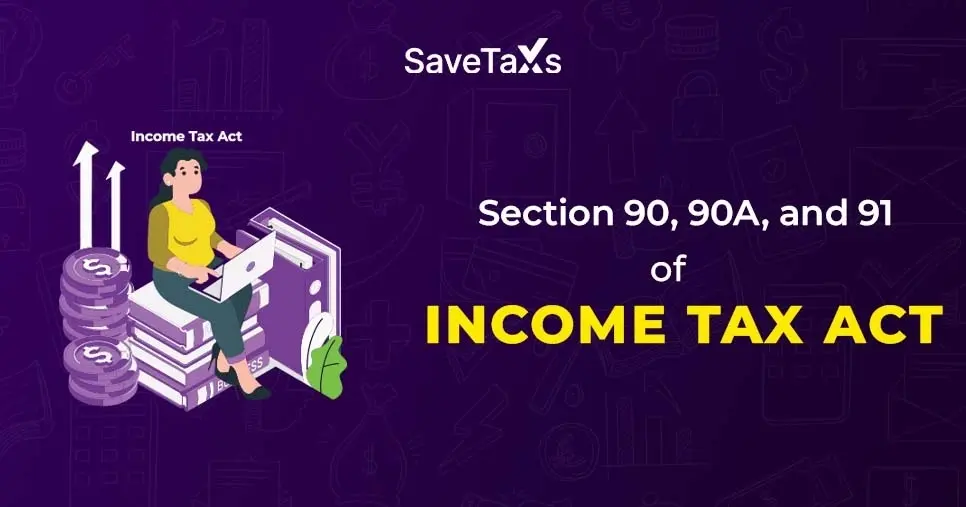


_1753429421.webp)
